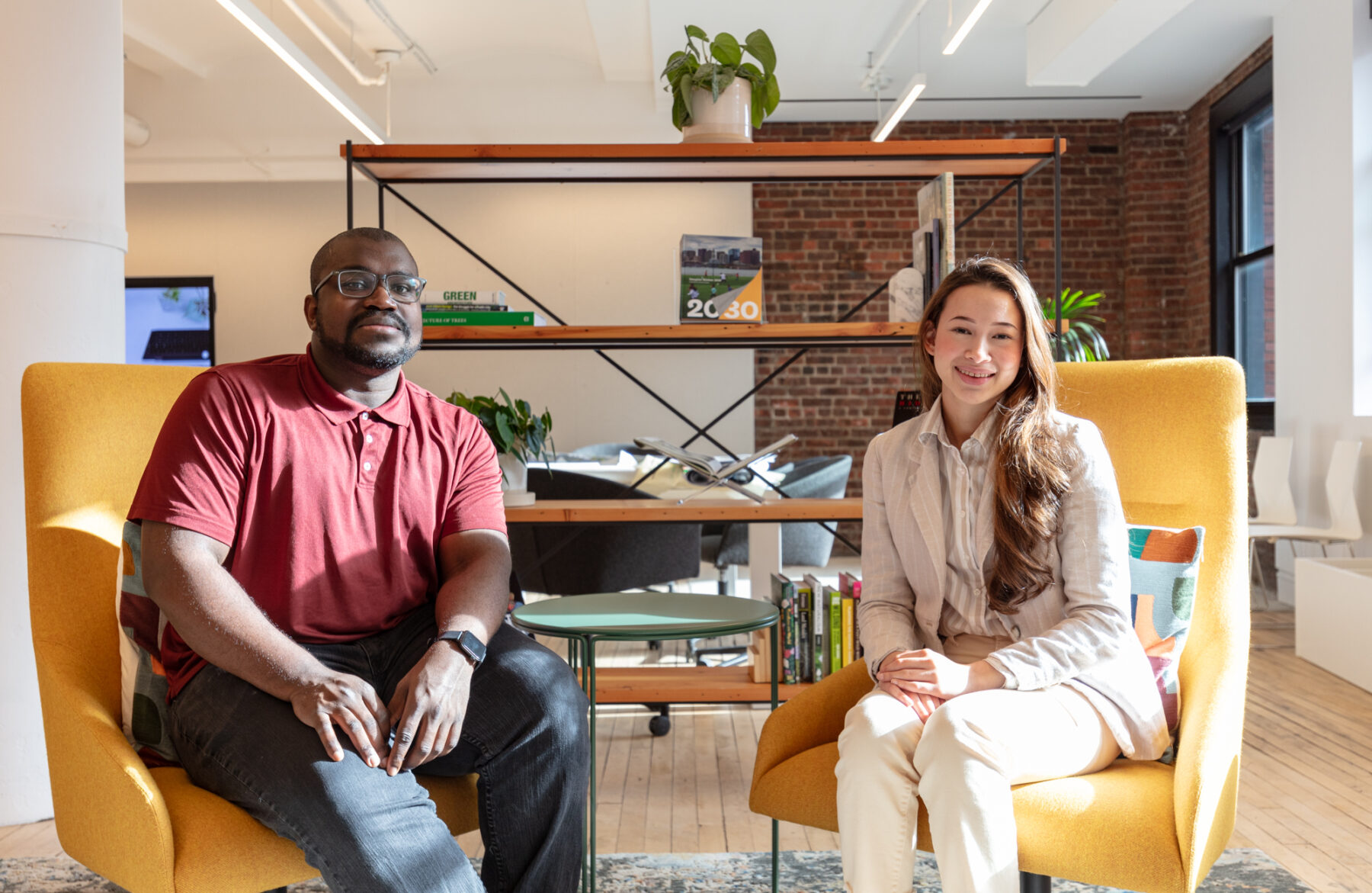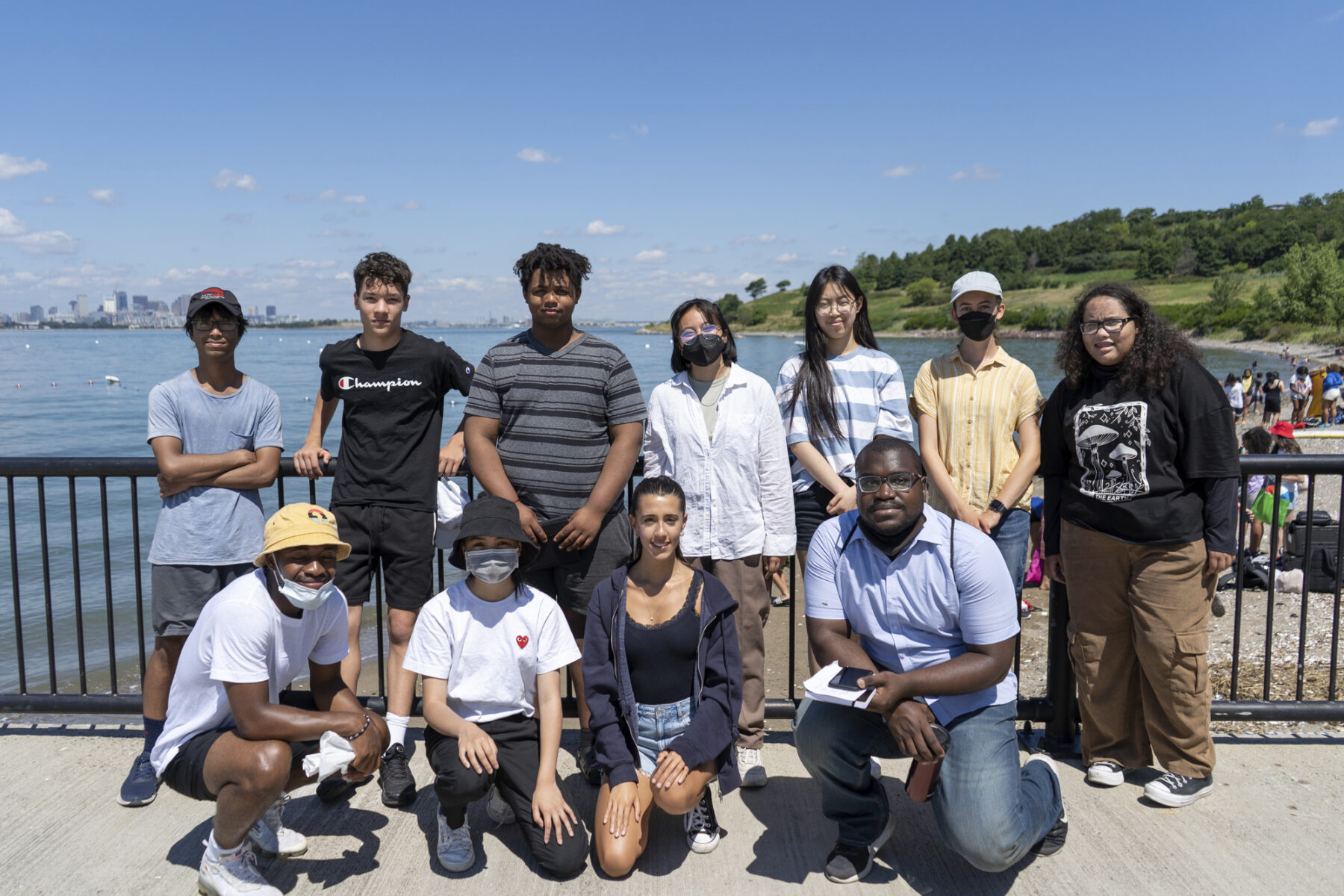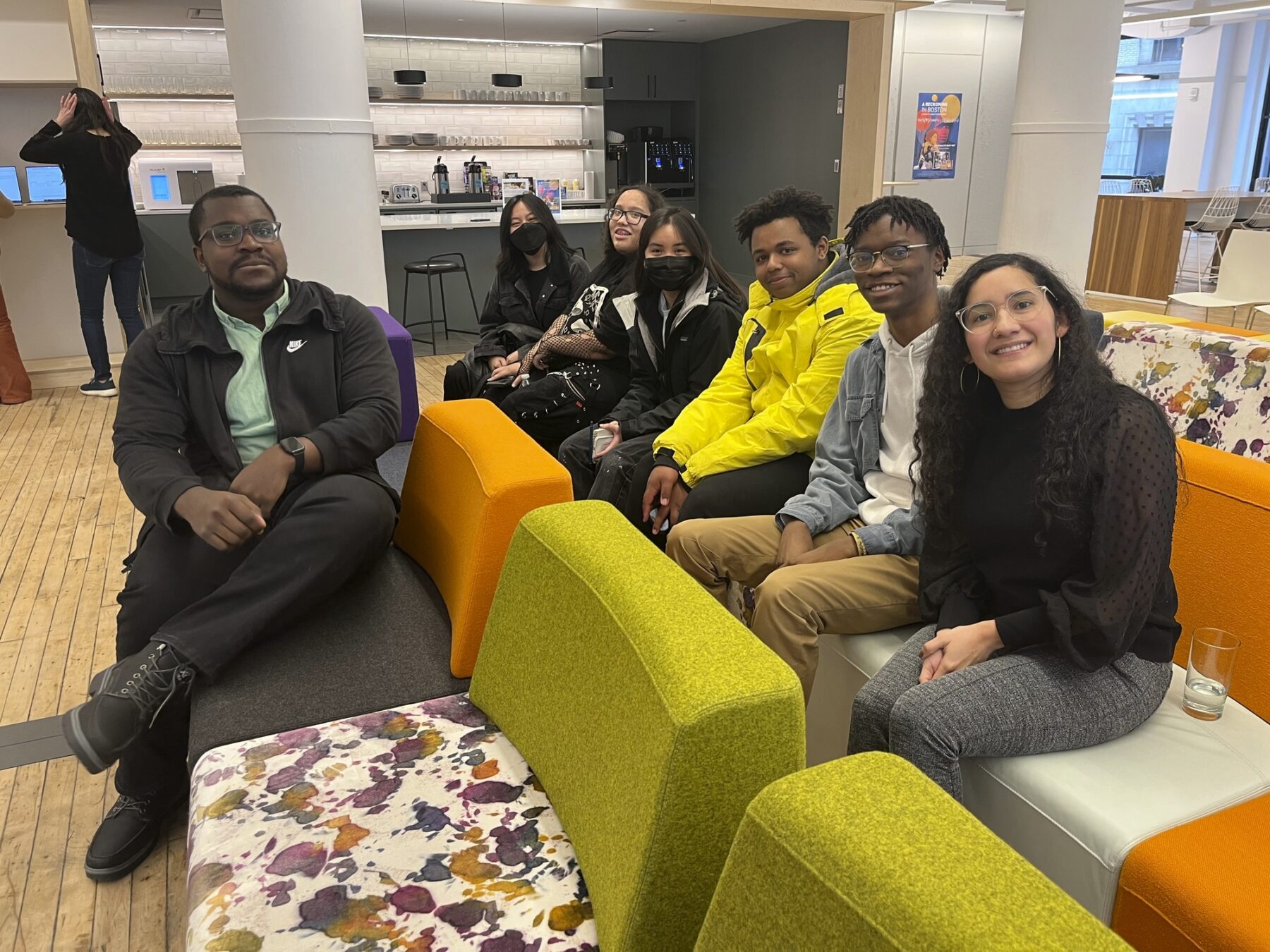Sasaki Foundation Interns Join Sasaki as Designers

 Sasaki
Sasaki

Architecture can be a tough industry to enter—it requires many years of education, exams, and can feel exclusionary and shrouded in mystery. The Hideo Sasaki Foundation, a nonprofit centered around equity in design, aspires to demystify and diversify the industry through youth programming.
The Sasaki Foundation’s youth programs, Summer Exploratory Experience in Design (SEED) and Designing Environmental and Social Impact (DESI), are paid internships where high school students learn about careers in design through hands-on projects and mentorship from design professionals at Sasaki and other local firms.
“These programs open the world of design to young people early in the process of deciding what they want to be when they grow up, before they have to make any big and lasting decisions,” says Meredith McCarthy, Sasaki architect and Vice Chair of the Sasaki Foundation Board of Directors. “It’s a time for them to learn and explore all the amazing things a career in design can offer, in a safe and supported environment. They can take risks and fail here, and it’s all still a success for them.”
Two of the foundation’s interns, Shemar Stewart and Emely Fernandez, are now forging careers at Sasaki as designers working in architecture.

Stewart and Fernandez were both teaching assistants (TAs) for SEED, a six-week intensive summer internship program. Teaching assistants provide guidance, mentorship, and supervision to high school SEED interns, leading them through a design project, assisting with field trips, coordinating with mentor designers from Sasaki and other design firms, and assisting the program manager with the logistics of a high school employment program.
SEED provides an opportunity for TAs to deepen their knowledge about design, as well. Throughout the program, TAs also have the opportunity to learn about different avenues for careers in design from Sasaki designers across disciplines and interface directly with Sasaki leadership. This was especially valuable for Stewart and Fernandez as they considered their future careers.
Stewart’s relationship with the Sasaki Foundation reaches back before he knew he wanted to be a designer. He was part of the inaugural cohort of high school interns participating in the SEED program his senior year of high school. When the Sasaki Foundation invited him to participate again the next year, this time, as a TA, he accepted.
“SEED definitely impacted my decision to go into the field of architecture,” says Stewart. “I always liked design, and learned a lot about the different aspects of it as a SEED intern.”
Stewart returned to the program as a TA for four summers through his college career, and helped the program grow its participants from its freshman class of 2 students to 40+.
"SEED definitely impacted my decision to go into the field of architecture.”
-Shemar Stewart, Sasaki designer, former Sasaki Foundation SEED program teaching assistant
“I was originally going into computer science in college,” he says. “When I came back for my second year at the Sasaki Foundation as a teaching assistant, that’s when I decided to change my focus to architecture.”
After completing his undergraduate studies in architecture, Stewart joined Sasaki as a design intern, and was then hired as a full-time designer. In that role, he is currently contributing to a new residence hall for the University of Connecticut. “For me, it was a pretty smooth transition from the foundation to the firm,” Stewart says. “I already knew many of the staff and I understood how it worked. The moment I got that Sasaki email account, I felt like, ‘I am here now’, and that was really gratifying.”

Stewart, bottom right, with members of the SEED 2022 cohort on a field trip to the Boston Harbor Islands

Reunion for the SEED 2022 cohort
Fernandez began working with the Sasaki Foundation as a SEED Teaching Assistant in 2021, and then joined Sasaki first as a design intern as part of the firm’s 2022 summer internship program. In 2023, after completing her Masters in Architecture, Fernandez joined the firm as an architectural designer.
Her time with SEED made her feel like she was a part of the fabric of Sasaki’s design culture. “When you are a Teaching Assistant for the SEED program, you are surrounded by Sasakians and learning from everyone at the firm,” she says.
“Every week you’re meeting a different group of Sasaki mentors and learning about how they deal with design scenarios differently,” she says. “You learn key leadership skills that translate into working in architecture,” says Fernandez. “Really no other firms are doing something of this magnitude.”
“Really no other firms are doing something of this magnitude.”
- Emely Fernandez, Sasaki designer, former Sasaki Foundation SEED program teaching assistant
Since joining the firm, Fernandez has worked with Sasaki’s integrated design teams on a state-of-the-art indoor turf facility for Brown University, and has recently been involved in designing a cloud-inspired canopy structure for Gene C. Reid Park in Tucson, Arizona.

Fernandez recently moderated a youth-led panel discussion hosted by the Sasaki Foundation
Fernandez has continued collaborating with the Sasaki Foundation, as well. She moderated a youth-led panel discussion on how design education programs like SEED have influenced the panel’s educational pathways and prospective career choices.
“A goal of the SEED program is for youth from Greater Boston to learn that the design fields are open to them as career opportunities,” says Jennifer Lawrence, Executive Director of the Sasaki Foundation. “We hope to continue this pipeline from experiential learning, to college, and onto careers in architecture, landscape architecture, design, and planning. As more young designers participate in our programming, we are excited to see all that they bring to the design industry.”
To learn more about the Foundation’s youth programming, click here.
Sasaki welcomed leaders in disability rights and design to discuss human-centered design in the built environment
Over 300 Sasaki employees, alumni, and friends of the firm gathered in the Incubator at Sasaki on October 17, for a celebration of our founder, Hideo Sasaki